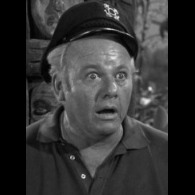What is the most versatile flash to use on a leica MP (film)?
-
Recently Browsing 0 members
- No registered users viewing this page.
-
Similar Content
-
- 0 replies
- 549 views
-
- 59 replies
- 2,410 views
-
- 5 replies
- 452 views
-
- 69 replies
- 8,453 views
-
- 11 replies
- 675 views
-



Recommended Posts
Join the conversation
You can post now and register later. If you have an account, sign in now to post with your account.
Note: Your post will require moderator approval before it will be visible.